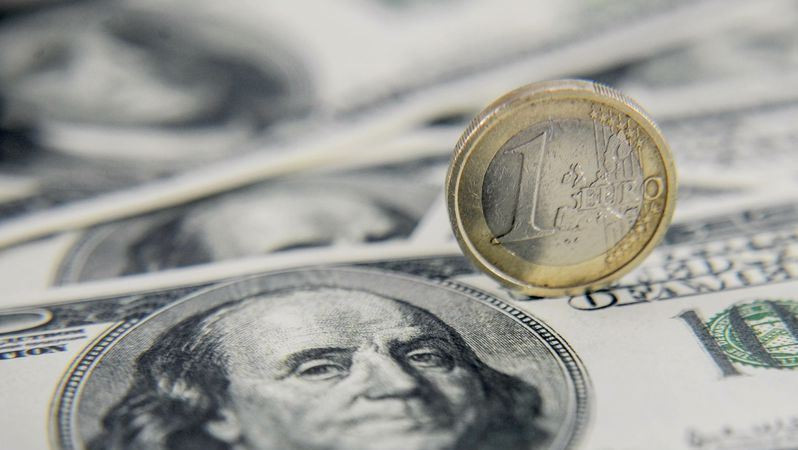
Two years after the pandemic hit the world, leading central banks are beginning to abandon emergency support measures, believing that the global inflation shock now poses a greater threat than the damage to economic growth from COVID-19.
Some experts believe that it took too long for the central bank to come to this conclusion. In their opinion, central banks are still lagging behind and are not fully aware of the scale of the measures they will have to take.
Others fear that an excessive hawkish reversal could slow down the economic recovery without bringing prices down.
FOMC officials still think they can avoid a "hard landing" as they begin what Federal Reserve Chairman Jerome Powell says will be a gradual increase in interest rates and the abandonment of measures designed at one time to help the economy survive the pandemic.
However, mistakes can come from either direction: do too little and let inflation take root even deeper, or do too much and cause a recession.
Despite their seeming unanimity in the ranks of the Fed, there is a thin gap between those who believe that most of the current inflation remains associated with the pandemic and is likely to weaken on its own, and those who believe that the central bank itself will have to do the bulk of the work on inflation, raising interest rates high enough to curb price growth.
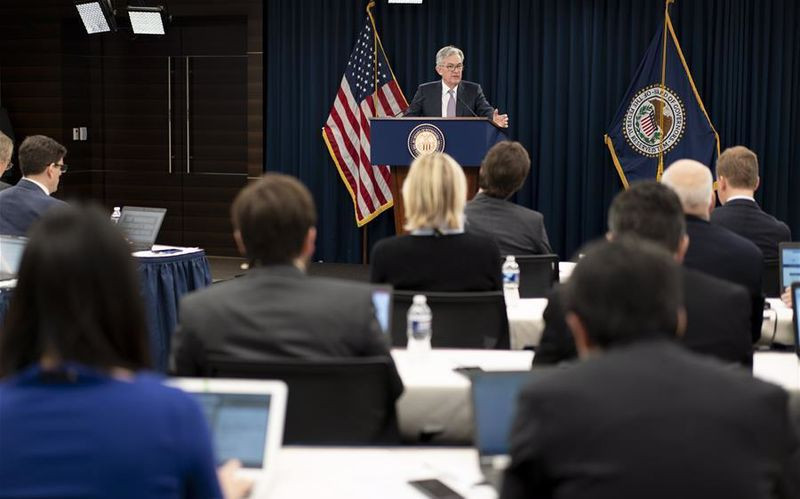
In particular, the president of the St. Louis Fed, James Bullard, said that it is premature for anyone to claim that the Fed is lagging behind in the fight against inflation. He said that the central bank is quite ready to do what is necessary.
"Monetary policy, limiting demand by raising interest rates and controlling expectations about inflation, will be responsible for a significant part of the fight against inflation," said J. Bullard.
He was also pessimistic that improvements in global supply chains, the return of individuals to the labor market or other improvements would allow the Fed to act less aggressively.
The head of the Federal Reserve Bank of Minneapolis, Neil Kashkari, on the contrary, said that rates may need to be raised only slightly, which is more like if a car slowed down than pressed the brakes.
High inflation in the US may become even higher before it subsides in the face of the Fed's actions and as tensions in the supply chain ease, according to San Francisco Fed President Mary Daly.
The Fed is expected to start raising interest rates from near zero next month, and Daly said she supports this move.
"When that happens, the Fed should neither do too little nor be overly aggressive, bearing in mind that alone it cannot cure inflation, which is largely caused by the ongoing pandemic," she said.
Money markets estimate a more than 70% probability of a 25 basis point increase in the federal funds rate and an almost 30% probability of a 50 basis point rate hike when FOMC officials meet again in March.
Forecasts about how many times the Fed will raise rates this year vary greatly. While Barclays analysts expect only three increases, Bank of America strategists expect to see seven. It is also unclear how much the rates will be raised, and at what level they will end up.

Apparently, the Fed has to make a very difficult choice.
If you do not press the gas pedal hard enough, there is a risk of not being able to reduce inflation risks in time. This will inevitably lead to big problems for American citizens and will call into question the continued stay in power of the ruling Democratic Party. Recall that midterm congressional elections will be held in the fall.
On the other hand, too much pressure on the gas pedal can lead to a halt in economic growth, and even worse, to big problems in financial markets, which will cause a flurry of criticism of the Fed.
"The main question is whether the Fed's calculation is correct. Will they be able to find the right pace of rate hikes and policy tightening that would help curb inflation, but would not lead to a slowdown in demand and would not harm the economy," Bessemer Trust analysts noted.
Statistical data on the United States, which will be released in the coming months, will show how quickly monetary policy in the country will change in one direction or another, and whether the US central bank will be able to tame inflation without an economic downturn.
The speed and timing with which central banks around the world begin to raise interest rates are the main factors driving the foreign exchange market today.
"The situation on the foreign exchange market in the first quarter of this year will be determined by the divergence and convergence of the actions of the world central banks, which express concerns about high inflation, and this means that they will raise rates," said strategists at Silicon Valley Bank.
On Wednesday, the USD index is consolidating near 95.50 after a slight increase on Tuesday ahead of important inflation data on Thursday, which may give new clues about the pace of tightening the Fed's policy.

According to forecasts, the overall CPI in January in the United States grew by 0.5% on a monthly basis and by 7.3% on an annual basis, reaching the highest value in four decades.
"The USD index shows a trend to hold positions while the markets weigh the prospects of a sharp tightening of the Fed's policy against the backdrop of a retreat from the hawkish rhetoric of the ECB," Westpac analysts said.
They still find it attractive to buy the dollar when it falls below the 95 level.
Positive statistics on the US labor market for January, published at the end of last week, has already provoked a new wave of reassessment of expectations for interest rates in the United States. This allowed the greenback to bounce back from the 2.5-week low of 95.13 reached on Friday.
Now the market expects almost 5.5 increases in the federal funds rate by 0.25% by the end of the year against five last Thursday.
Most market participants believe that the Fed will raise the interest rate by 25 basis points in March.
Stronger data on US inflation may support those who predict a more significant increase – by 50 basis points.
"Investors have taken a wait–and-see attitude ahead of the release of inflation data in the US on Thursday, which is likely to push the dollar up," UniCredit analysts noted.
According to analysts, if inflation remains at a high level, the Fed may raise the key interest rate faster, which will lead to a strengthening of the US currency.
Lower inflation figures can cause the opposite reaction of the market, as a result of which investors will resort to the "buy on rumors – sell on facts" strategy.
In this scenario, in the coming days/weeks, the EUR/USD pair may exceed 1.1500 and go even higher.
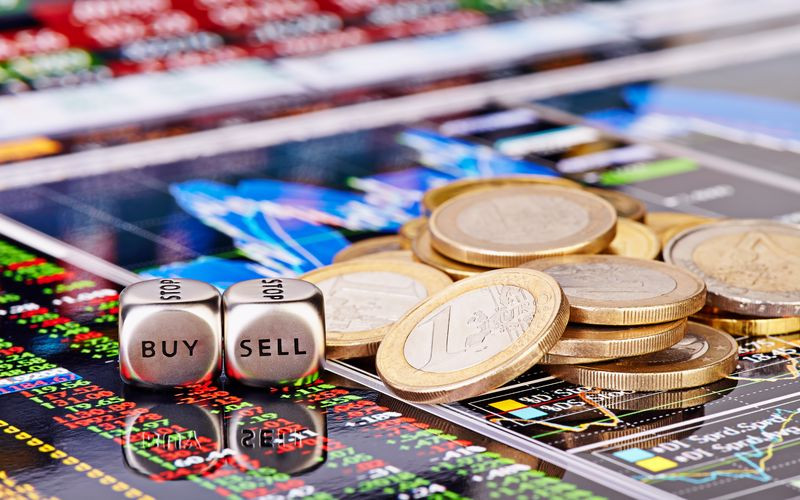
While the main currency pair is staying above 1.1315–1.1260, a rebound to 1.1525–1.1590 is possible, Societe Generale strategists believe.
"The Ichimoku daily cloud at 1.1315-1.1260 is a short-term support. The EUR/USD pair can continue to grow as long as it is above it. The next potential obstacle is located in the area of 1.1525-1.1590," they said.
Meanwhile, Commonwealth Bank of Australia analysts believe that the ECB's rate hike forecasts in the near future are too aggressive, which gives the euro a modest decline potential against the US dollar. They point to a likely support level at $1.1235.
The euro exchange rate against the greenback on Wednesday stabilized after retreating from the almost three-week peak recorded on Friday in the area of 1.1480.
Currently, the EUR/USD pair is trading almost in the middle of the range (1.1400-1.1500), in which it found itself after the January ECB meeting, following which the head of the central bank, Christine Lagarde, refused to rule out the possibility of raising interest rates this year, as the central bank is struggling with record high inflation.
However, on Monday, Lagarde switched to a more cautious tone, noting that high inflation is unlikely to gain a foothold.
ECB Governing Council member Pablo Hernandez de Cos said on Tuesday that any action by the central bank should be gradual.
His colleague Francois Villeroy de Galo, in turn, said that the market reaction to the ECB's January meeting may have been too sharp.
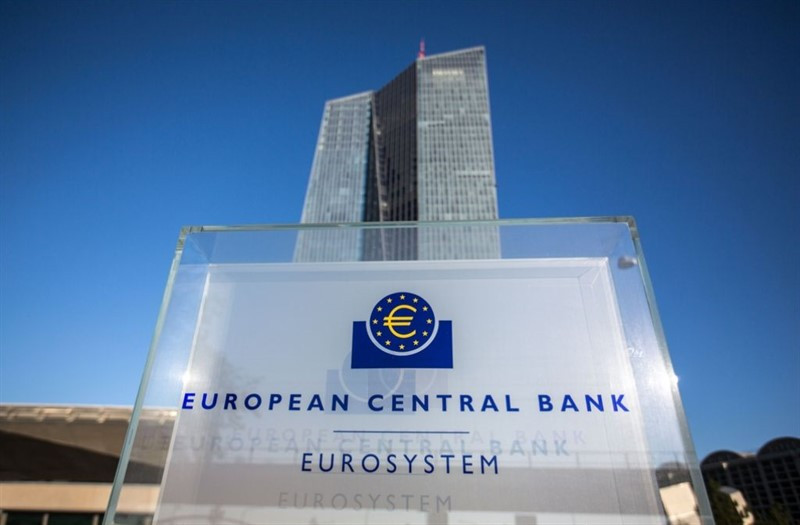
Money markets estimate a 90% chance of a 10 basis point increase in the deposit rate in June and expect a 50 basis point rise by December with a probability of almost 100%.
Meanwhile, yields on Greek and Italian government bonds rose this week, reviving concerns about an earlier-than-expected end to the QE program.
ECB Governing Council member Joachim Nagel said on Wednesday that he would advocate normalization of monetary policy if the inflation picture does not change by March.
"The economic costs of too late actions are significantly higher than early actions. The first step will be to stop buying bonds, then rates can already be raised in 2022," he said.
The likelihood of a sharp reduction in the ECB's stimulus program and aggressive tightening of monetary policy has scared investors, as they foresee shocks in the Italian and Greek bond markets, the Financial Times reports.
If the central bank hurries to wind down, investors may again focus on the frightening debt of Italy and Greece, which is about 160% and 200% of GDP, respectively, the newspaper notes.
The growth of market interest rates is doubly painful for the peripheral countries of the eurozone, loaded with debt.
It is too early to talk about an imminent repeat of the 2009-2011 sovereign debt crisis, but the first signs of a jump in Greek and Italian bond yields are forming potential support for the dollar. If this trend turns into a problem, there may be many times more active bulls of a protective greenback.
Indeed, whether the euro will be able to grow if the spreads on the periphery decrease and if the real yield of Italian 10-year bonds becomes positive, and whether the economy will be able to cope with this is the million-dollar question that investors are asking now.
In addition, the rise in interest rates in the eurozone is likely to increase pressure on manufacturing activity in the region and increase the cost of borrowing, which will negatively affect consumer lending.
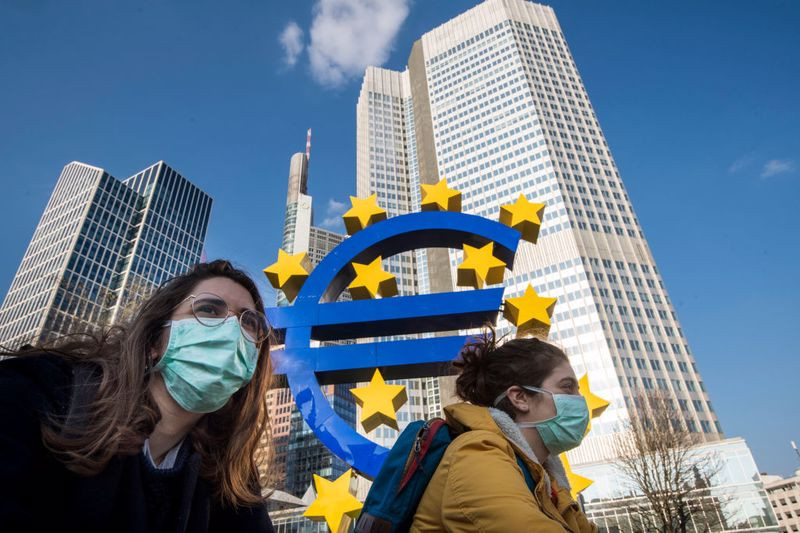
The market reaction to the results of the ECB meeting held last week suggests that the central bank will switch to fighting inflation, but the fading momentum in the economy may call into question such a scenario.
Traders continue to overestimate the prospects for monetary policy in the Old and New Light in anticipation of the publication of the US consumer price index on Thursday.
Until the release of these data, the EUR/USD pair is likely to remain in the consolidation phase.
The EUR/USD pair continues to trade in a narrow channel of 1.1400-1.1450, analysts at Scotiabank note. They point to a technical pattern that may promise the pair to advance to the level of 1.1600.
"The price dynamics forms a bullish flag pattern, a breakthrough from which may cause testing of the 1.1600 level. Resistance is in the area of 1.1450 and further - at 1.1484 and 1.1515-1.1525. Support below 1.1400-1.1490 is located at 1.1370, around 1.1350 and at 1.1324," they said.
The tug of war between the Fed and the ECB will be decisive for the EUR/USD pair this year, according to Nordea analysts.
They still forecast a renewed strengthening of the dollar in 2020, but also expect a revision of the euro by the end of the year and a more stable dominance of the single currency next year.
"The Fed may raise interest rates four times this year by 25 basis points, starting in March, and then four more times in 2023. The decision to reduce the balance sheet will be made by the central bank during the summer," the bank's analysts said.
"We expect that in March the ECB will decide to stop net bond purchases around the end of August. A 25 basis point increase in rates will follow in December 2022, March 2023 and September 2023," they added.
According to Nordea's forecast, the EUR/USD pair will reach the bottom at 1.1000 later this year and rise to 1.1800 by the end of next year.
Bank of America strategists also expect that the euro against the US dollar will decline to $1.10 this year.
According to them, the single currency will recover to $1.15 next year and reach the level of $1.20 by 2024.
"We still believe that the risks will be downward for EUR/USD this year and upward next year. We expect to see the pair at 1.1000 this year, 1.1500 next year and 1.2000 (the lower limit of the long-term equilibrium range) in 2024. Although it is difficult to define a clear time frame, we adhere to this forecast at the moment," Bank of America noted.
 English
English 
 Русский
Русский Bahasa Indonesia
Bahasa Indonesia Bahasa Malay
Bahasa Malay ไทย
ไทย Español
Español Deutsch
Deutsch Български
Български Français
Français Tiếng Việt
Tiếng Việt 中文
中文 বাংলা
বাংলা हिन्दी
हिन्दी Čeština
Čeština Українська
Українська Română
Română

